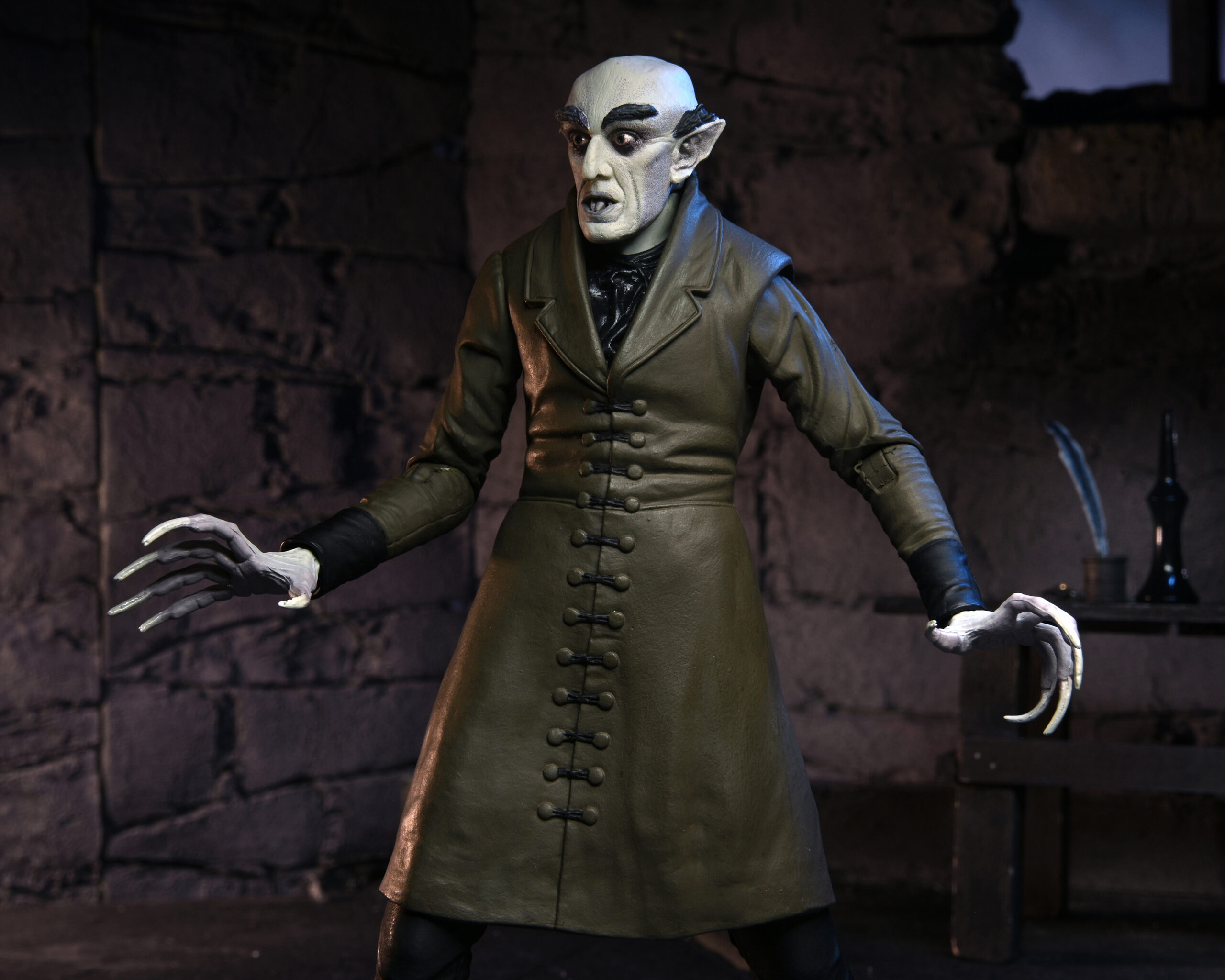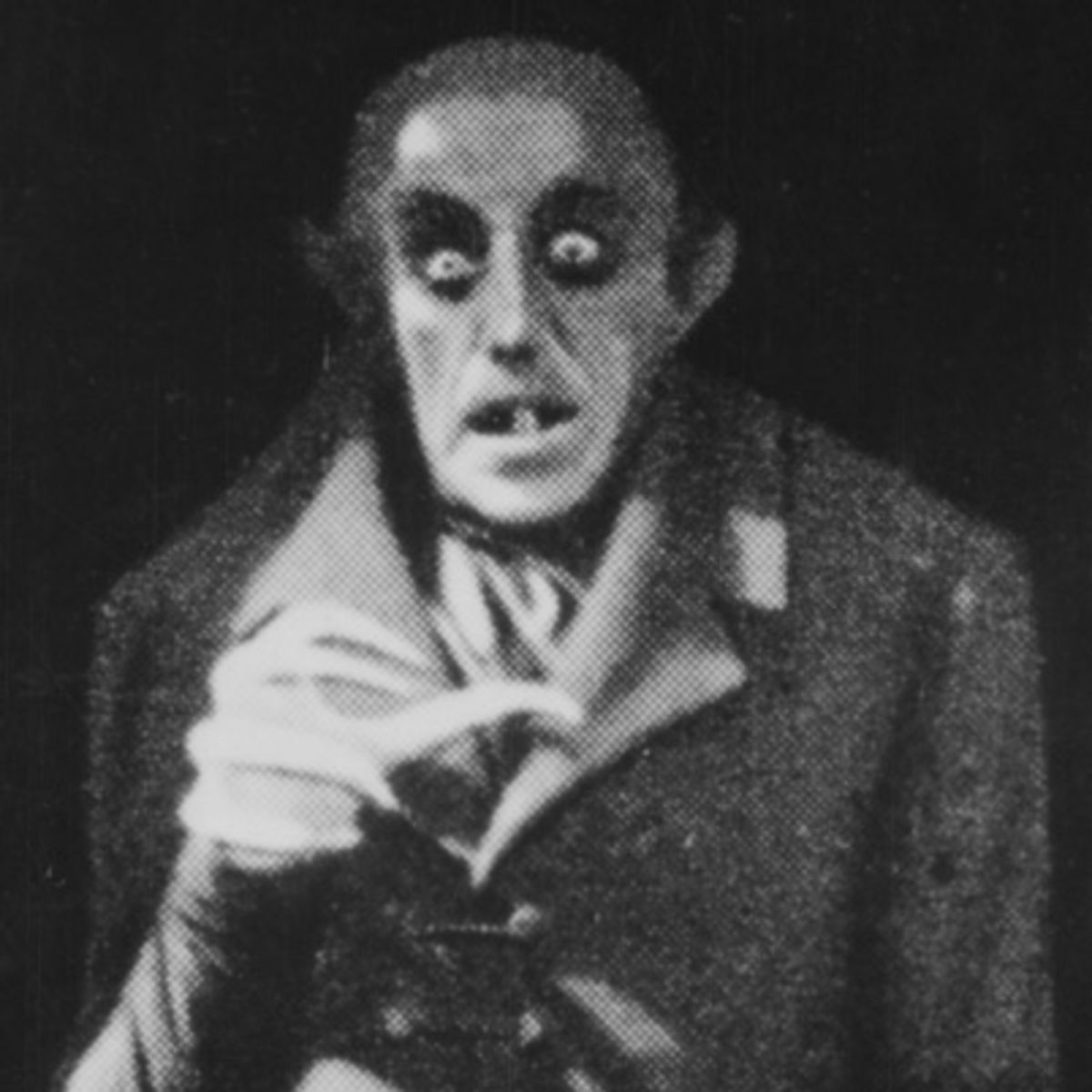Count Orlok’s Cultural Impact

Count Orlok, the iconic vampire from F.W. Murnau’s 1922 silent film Nosferatu, has had a profound impact on popular culture. His sinister appearance and menacing presence have made him a recognizable figure in film, television, and literature.
The iconic Count Orlok, with his chilling presence and sinister charisma, has left an enduring mark on cinematic history. His influence transcends the silver screen, extending to the realm of sports streaming. If you’re looking to catch the thrilling Portugal vs Turkey stream , you’ll find yourself immersed in a captivating match that rivals the suspense and drama of a classic horror film.
And just as Count Orlok’s legacy continues to haunt the annals of cinema, the memory of this epic sporting event will linger in the minds of fans for years to come.
Count Orlok in Popular Culture
Count Orlok’s influence can be seen in numerous works of popular culture, including:
- Film: Count Orlok has been referenced or parodied in films such as The Fearless Vampire Killers (1967), Fright Night (1985), and Blade (1998).
- Television: Count Orlok has appeared in episodes of The Simpsons, Buffy the Vampire Slayer, and Castle.
- Literature: Count Orlok has been referenced in novels such as Stephen King’s Salem’s Lot (1975) and Anne Rice’s Interview with the Vampire (1976).
Count Orlok as a Cinematic Icon
Count Orlok’s enduring legacy as a cinematic icon is due to several factors:
- Unique Appearance: Count Orlok’s gaunt face, sharp teeth, and long, pointed ears make him instantly recognizable.
- Menacing Presence: Count Orlok’s slow, deliberate movements and piercing gaze create a sense of unease and dread.
- Influence on Vampire Lore: Count Orlok’s portrayal of a vampire has influenced the way vampires are depicted in popular culture, including their aversion to sunlight and their need for blood.
Count Orlok remains one of the most iconic and influential figures in horror cinema, continuing to inspire and terrify audiences over a century after his first appearance on screen.
Count Orlok, the iconic vampire from the classic horror film Nosferatu, has captured the imaginations of audiences for decades. To delve deeper into the chilling tale of this enigmatic character, watch the nosferatu trailer , which showcases the film’s haunting visuals and eerie atmosphere.
Count Orlok’s piercing gaze, sharp fangs, and otherworldly demeanor continue to inspire fascination and fear in equal measure, leaving an unforgettable mark on the horror genre.
Count Orlok’s Character Analysis

Count Orlok is a complex and enigmatic character. He is a vampire, but he is also a man with a past and a story. He is a predator, but he is also a victim. He is a monster, but he is also a tragic figure.
Motivations, Desires, and Fears
Count Orlok’s motivations are simple: he wants to survive. He needs to drink blood to live, and he will do whatever it takes to get it. He is not afraid to kill, and he does not care who he hurts. But beneath his cold exterior, Orlok is also a lonely and isolated figure. He longs for companionship, but he knows that he can never have it. He is cursed to live in the shadows, and he is doomed to be alone.
Comparison with Other Classic Vampire Characters
Count Orlok is one of the most iconic vampire characters in history. He has been compared to other classic vampires, such as Dracula and Nosferatu. However, Orlok is a unique character in his own right. He is not as sophisticated as Dracula, nor is he as terrifying as Nosferatu. But he is a more complex and sympathetic character than either of them.
Psychological Profile
Count Orlok is a psychopath. He is incapable of empathy or remorse. He is also highly intelligent and cunning. He is a master of disguise and deception. He can blend in with society, and he can gain the trust of his victims. But behind his charming facade, Orlok is a cold-blooded killer.
- Personality Traits:
- Intelligent
- Cunning
- Charming
- Ruthless
- Sadistic
- Behaviors:
- Kills without remorse
- Deceives his victims
- Blends in with society
- Preys on the weak and vulnerable
Count Orlok’s Historical Context
Count Orlok emerged as a cinematic icon during a period of significant social and cultural change. To fully grasp the character’s historical significance, we must examine the timeline of events surrounding his creation and the broader context that shaped his development.
Timeline of Events
- 1897: Bram Stoker publishes “Dracula,” a Gothic horror novel that introduces the character of Count Dracula.
- 1922: F.W. Murnau directs “Nosferatu, eine Symphonie des Grauens” (Nosferatu, a Symphony of Horror), an unauthorized adaptation of “Dracula” that features Count Orlok as the main antagonist.
- 1924: Florence Stoker, Bram Stoker’s widow, sues Prana Film, the production company behind “Nosferatu,” for copyright infringement. The court rules in her favor, and all copies of the film are ordered to be destroyed.
- 1925: Prana Film goes bankrupt, and “Nosferatu” is presumed lost.
- 1950s: “Nosferatu” is rediscovered and re-released, gaining critical acclaim and becoming a cult classic.
Social and Cultural Factors
The creation of Count Orlok coincided with a period of social and cultural upheaval. The aftermath of World War I left Europe in a state of chaos and uncertainty. The rise of Expressionism in art and literature reflected the widespread feelings of alienation and anxiety.
Count Orlok’s gaunt appearance, menacing demeanor, and supernatural powers embodied the fears and anxieties of the time. He represented the unknown, the uncontrollable, and the potential for evil that lurked within society.
Historical Analysis of “Nosferatu”
“Nosferatu” had a profound impact on the horror genre. Its innovative use of camerawork, lighting, and sound created an atmosphere of dread and suspense that has influenced countless horror films since.
The film’s depiction of vampirism as a metaphor for the spread of disease and social decay resonated with audiences in the wake of the Spanish flu pandemic. “Nosferatu” became a cautionary tale about the dangers of unchecked fear and the need for vigilance against the forces of darkness.
Count Orlok, the iconic vampire from the 1922 silent horror film Nosferatu, is a character that has captivated audiences for generations. While the film is a classic, it’s also a reminder of the dark and mysterious world that exists beyond our own.
And speaking of dark and mysterious, have you seen the turkey vs portugal highlights ? It’s a thrilling match that will keep you on the edge of your seat. But back to Count Orlok, his presence in Nosferatu is a testament to the power of cinema to create unforgettable characters that stay with us long after the credits roll.
Count Orlok, the iconic vampire from the 1922 horror film Nosferatu, has left an indelible mark on popular culture. His haunting presence is echoed in countless works of art, including the recent Portugal vs Turkey player ratings , where the players’ performances evoked the same eerie intensity that characterized Orlok’s undead existence.
From his sharp fangs to his piercing gaze, Count Orlok remains a timeless symbol of the macabre.
Count Orlok, the iconic vampire from the silent horror film Nosferatu, has become a symbol of the genre. His piercing gaze and gaunt appearance have been recreated countless times in various media, including a reloj letra peso pluma. This unique timepiece features a stylized silhouette of Count Orlok on its dial, capturing the essence of the character’s enigmatic presence.